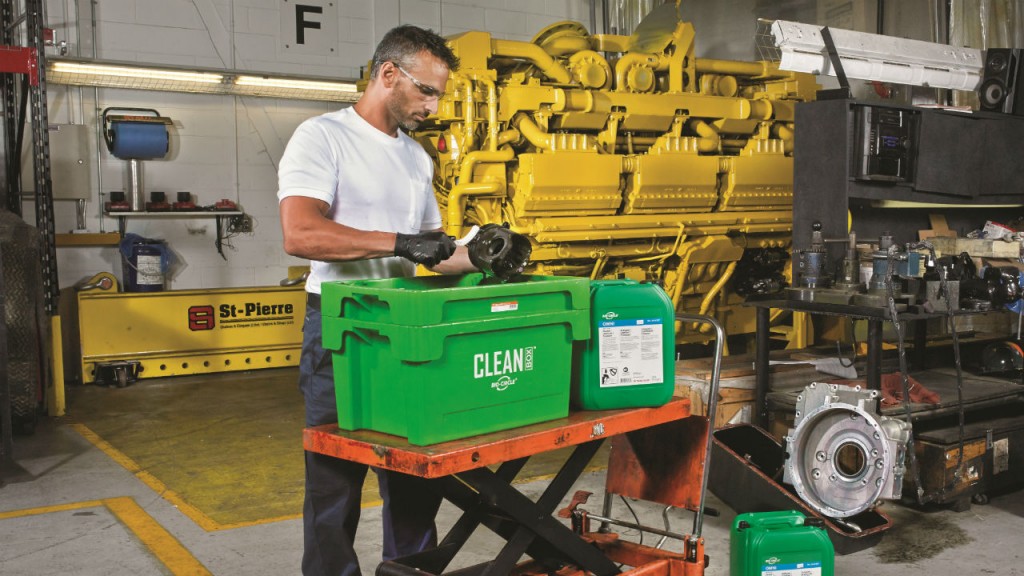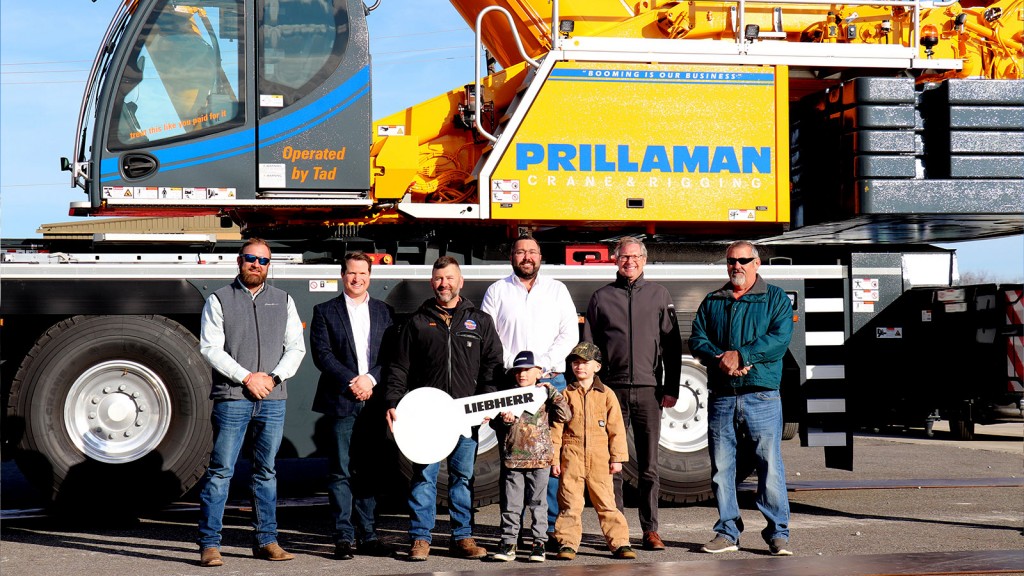Aqueous Solutions
Increase cleaning safety and profitability

For more than a century, maintenance and repair operations, as well as industrial production processes, have used solvents to clean contaminants from metal parts. However, as trichloroethylene (TCE) and other solvents have come under increased scrutiny for their health and environmental risks – and as more companies have come to understand the benefits of safe and sustainable operating practices – solvent users have been seeking greener, safer alternatives. With the emergence of aqueous (water-based) technology, there is a cost-effective, environmentally friendly option for cleaning and degreasing metal parts and components.
What Is aqueous cleaning?
Aqueous cleaning solutions – which use water as the primary solvent – contain no ozone-depleting chemicals and low or no levels of volatile organic compounds (VOCs). Unlike many petroleum- based solvents, aqueous cleaners are non-flammable. Overall, aqueous cleaners are less toxic than solvents.
Common methods of aqueous cleaning include:
- Immersion cleaning: The parts are immersed in a cleaning solution, and some form of agitation and/or heat is added to supply the energy needed to remove contaminants.
- Automated washing: A high-pressure spray delivers more mechanical action to help remove soils from the parts.
- Ultrasonic method: A combination of water, a detergent and high frequency sound waves creates bubbles that implode to dislodge particles from the parts.
Although their cleaning methods differ from solvent-based systems, aqueous cleaners have proven to be just as effective. And because they’re safer to use, aqueous cleaners offer a number of other advantages that can benefit the bottom line.
While solvent cleaners begin losing strength soon after their first use – requiring users to replenish their supplies after 8 to 12 weeks – bio-remediating cleaners maintain their efficacy over the course of one to two years, according to Patrick Lapointe, Vice President of Research and Development for Walter Surface Technologies Inc., which manufactures the Bio-Circle line of aqueous cleaning products. “When you factor in the total cost [of solvents vs. aqueous cleaners], that’s a very important variable to keep in mind,” he says.
Repeated use of solvents can cause skin irritation, neurological disorders, and damage to the liver, kidneys and reproductive system (see sidebar). Because of these hazards, companies that use solvents try to minimize worker exposure by purchasing personal protection clothing and equipment for their employees. They also might incur costs from:
- Installing and maintaining ventilation and vapour-extraction equipment.
- Contracting with a third party for management and disposal of spent solvents.
- Paying higher fire insurance premiums associated with the use of flammable, petroleum-based solvents.
- Investing in fire-suppression equipment and emergency-response training.
- Paying regulatory reporting fees and non-compliance fines.
Aqueous cleaning products, which are safe to handle, non-flammable and emissions-free, remove those costs from the equation.
“When you switch to an aqueous cleaning system, you’re not exposing your workers to a hazardous solvent anymore,” says Jason Marshall, Laboratory Directory for the Toxics Use Reduction Institute’s cleaning laboratory at the University of Massachusetts Lowell. “Their stress levels will be a lot lower. Their PPE requirements will be a lot less. They’re going to feel a lot of the psychosocial benefits [of safety] that you really can’t put a price tag on.”
Aqueous cleaning has evolved into a mainstream technology over the past two decades. Walter Surface Technologies, whose product portfolio includes bio-remediating and bio-renewable cleaning liquids and parts washers, now operates in seven countries.
“Green cleaning isn’t a niche anymore,” Lapointe says. “We’re not talking about the early stages of technology here. This is mainstream, and more and more companies are adopting this technology, as it’s proven to be a reliable, safe and cost-effective method to clean parts.”
Types of cleaners
Bio-Circle offers two types of powerful, sustainable parts-cleaning technologies:
- Bio-remediating parts-washing liquids, which contain live micro-organisms that break down oil, grease and other contaminants and convert them into water and carbon dioxide. These liquids are used in conjunction with bio-remediating parts-washing machines, such as the Bio-Circle MAXI.
- Bio-renewable cleaners and degreasers, which contain Nature Boost, an exclusive ingredient derived from plant extracts. The Nature Boost– based family of products includes:
The CB 100 water-based cleaner and degreaser, which can remove heavy greases, paint, food residues, crude oil, pastes, glue, adhesive, graphite, silicone, waxes and other tough industrial contaminants from steel, stainless steel and other metals.
The CB 100 ALU solution, which is designed to remove contaminants from aluminum and non-ferrous alloys. It can be used with parts-washing machines, immersion tanks and ultrasonic baths, and lasts five times longer than solvent- and petroleum-based cleaning products.
“Our customers would never go back to the flammable, dangerous, costly, fast saturating chemical solvents that they used in the past,” Lapointe says. “We strongly encourage all environmentally conscious companies to learn more about the safe industrial cleaning solutions that now are available – and urge them to adopt the new products and technology. That’s how we’ll all win.”



